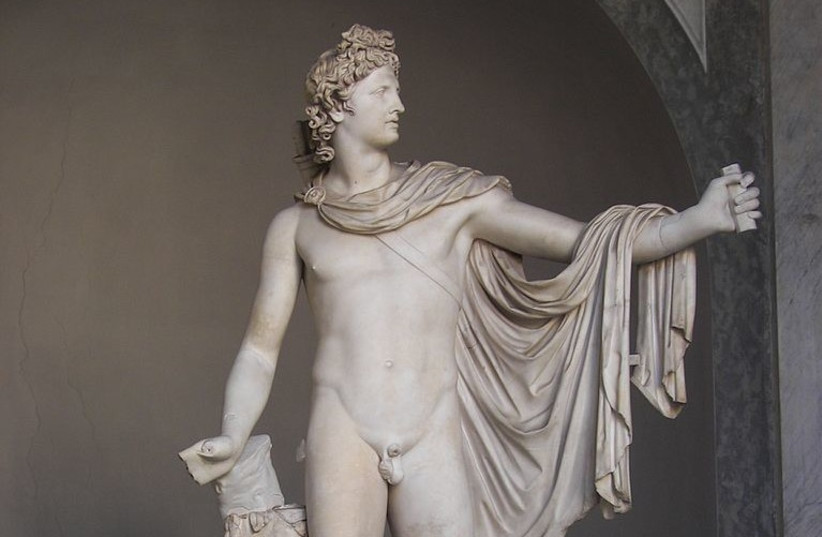An unfinished ancient Roman-era statue that may be depicting a divine entity was uncovered at an archaeological site in ancient Veria in northern Greece, Greek media reported citing Greece's Culture Ministry.
The nearly one-meter-tall marble statue discovered during this excavation is only partially complete, lacking a head. It seems to depict a young athletic man only partially dressed.
According to the ministry, the statue is the work of "a very skilled craftsman" and bears similarities to statues of the Greek gods Apollo and Hermes. It is unclear if one of these is the identity of the statue, but its discovery and these similarities are important for historians as they paint a picture of the schools of sculpture in the city and can allow researchers to examine this from a new perspective.
The statue was uncovered near the site of Agios Patapios in the center of ancient Veria, a city that sat at the heart of ancient Macedonia. The city itself has a very rich history, with a mythical origin story and having enjoyed widespread prosperity during the Hellenistic era. After being conquered by the Romans in 168 CE, Roman Emperor Diocletian designated it as one of the two capitals of the province of Macedonia.
The city, also known by the name of Berea, also has importance in the Bible. As recounted in the New Testament Book of Acts, the city was once home to a Jewish community, complete with a synagogue. According to this account, the Apostle Paul had gone to this city to preach to the Jews and Greeks living there.

There may be many more finds waiting to be discovered in Agios Patapios. Until then, the excavation continues.
